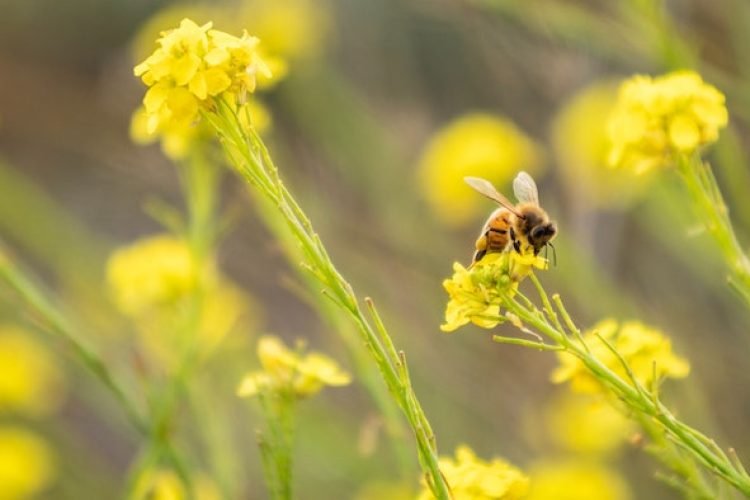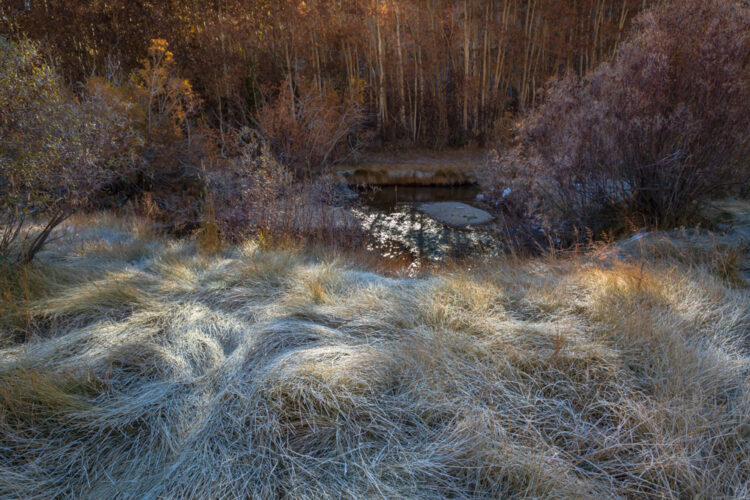Birds, Plants, and Insects: What They Need
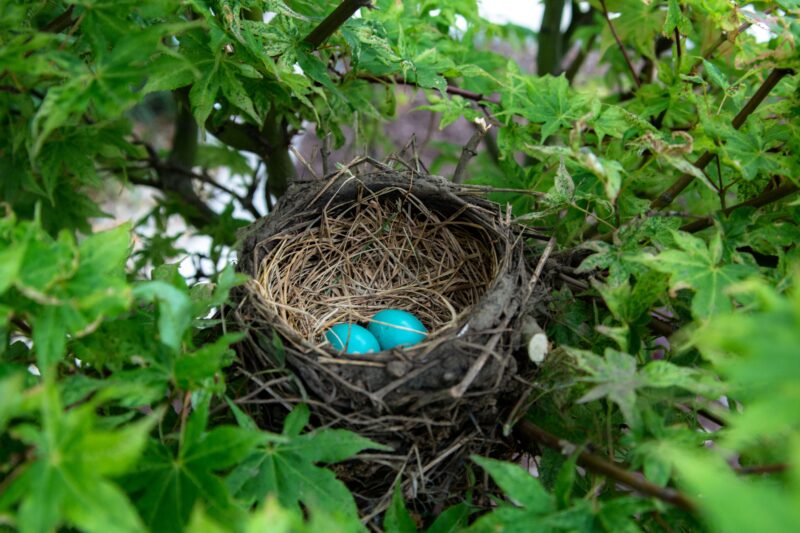
Today we are discovering new things every day about the relationships between plants and insects and humans. Chickadee babies eat thousands of caterpillars that their hard-working parents bring them. Around industrial farms, the insects have been killed with pesticides and there aren’t any caterpillars available.
Even in our gardens we often wish we had fewer caterpillars. Yet we love having birds singing in the morning. Without honeybees and wild bees and other insects, the majority of our food crops would disappear without being pollinated.
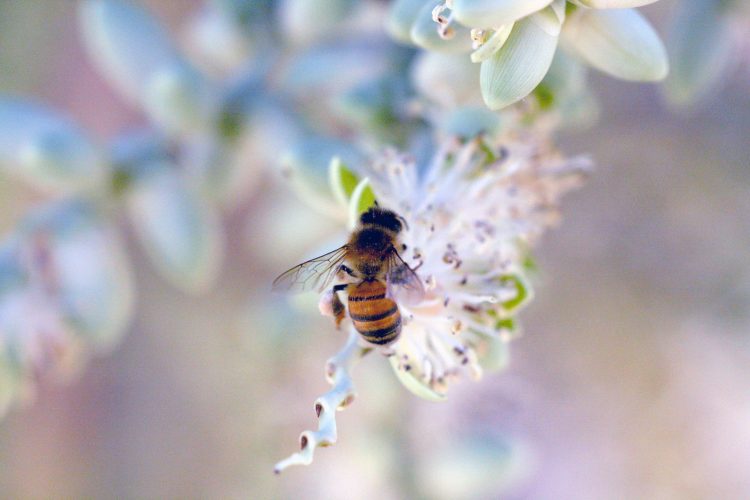
We’re learning that plants and insects that evolved together in a particular area have changed their own chemistries in order to live in peace. Plants need to be poisonous to some insects in order to survive. Insects have to be able to deal with some plant poisons so that they can get enough to eat. The result of all this is that some insects can survive only on some plants, and often as they survive they are spreading the pollen that eventually produces fruits and vegetables.
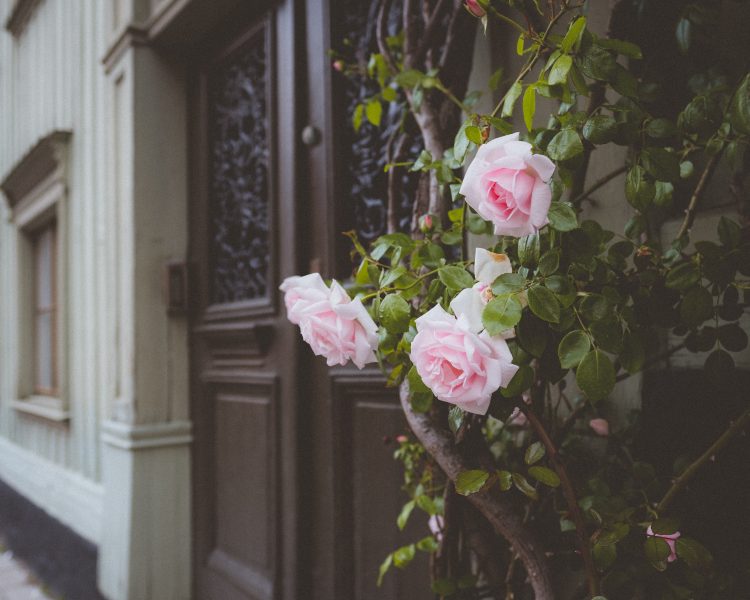
The insect world has developed by occasionally eating each other in order to survive. We humans count on this interplay, hoping, for instance, that ladybugs will eat the aphids that are attacking the plants we want to eat. Unfortunately, when we bring plants into our gardens from other parts of the world, the insects that live in our local areas can’t always eat them safely. The insects then reduce their population and without knowing it, we’ve reduced the necessary pollinators for our food plants, whether they are bees or other insects or the birds, who are a necessary part of the whole system. By being careful about what we plant in our own gardens, we can help the plants and insects who work to feed us.
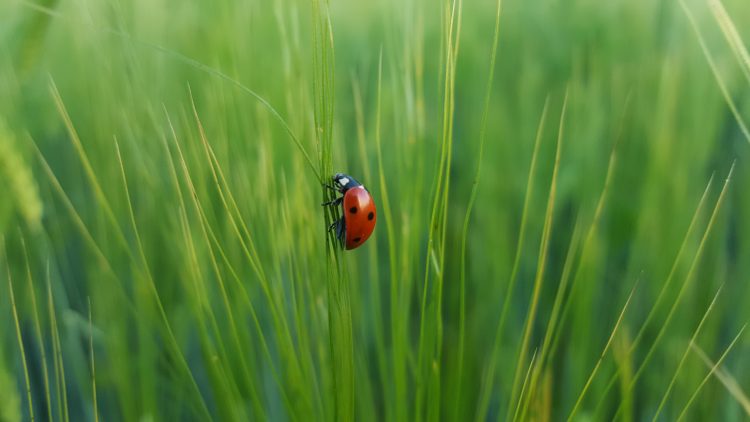
![Photo by Kathy Barnhart. She writes, “Chinese Houses, California Poppies, Lupines, Tidy Tips amidst the oak trees make such a wonderful palette. This area in Shell Ridge Open Space Preserve [CA] is tended by a large group of volunteers, encouraging native flowers and plants and weeding out invasives. What a gift they have given to all!”](https://quakerearthcare.org/wp-content/uploads/dynamic/2022/05/Native-California-Flowers-by-Kathy-Barnhart-750x500-c-default.jpg)
